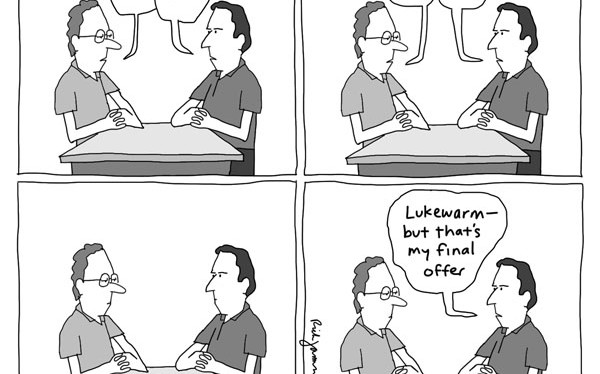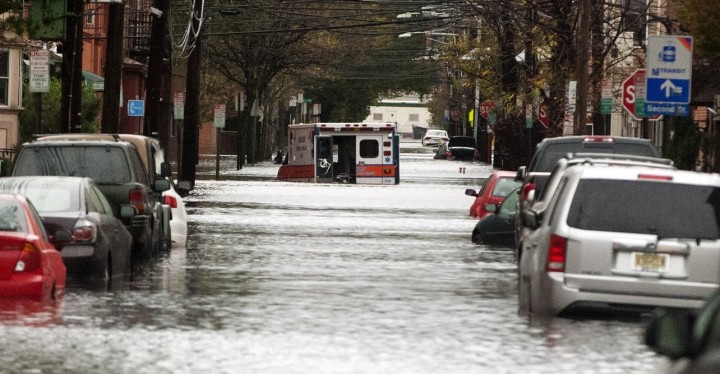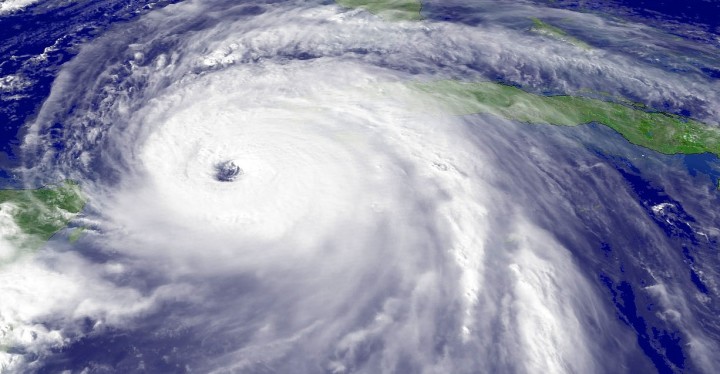Safety First!
A Closer Look at National Electrical Safety Code® (NESC) Standard and Dealing With Disaster Recovery
We are back after a long break. No, we were not goofing off on a long summer break; to the contrary, we have been quite busy with the preparation for launching the Standards University. Hence the new look for Standards eZine, and the new home where you will find us in the company of some great resources. With all that is new, we also have a new member on our team, Ms. Tara Gallus. Tara has been immense help in bringing this issue together. I’m sure you will see the stamp of her personal touch in every article of this issue. For now, let me leave you at that because we have put together this issue with some really informative articles that everyone should read.
Did you know that National Electrical Safety Code (NESC) is more than 100 years old and is adopted not just in US but in more than 100 countries around the world? That it applies across the electrical industry from power generation to reaching the distribution point outside your home, office or factory? That it also applies to communication systems such as telephone, cable and even railroad signal systems and associated equipment? I did not know any of this information. I also learned (but not surprised) that IEEE has been the secretariat for NESC for 43 years, and the code is continuously revised to deal with all the advances in the technology as it relates to electrical power. Mike Hyland from NESC brings us quite an informative background on NESC in his article, and explains the importance of NESC in safety regulations and the roadmap for its future.
So why does it matter to you? In really simple terms, remember how dependent are you on having access to electricity? The laptop or tablet or whatever device you are reading this article on is feasible only because of electricity. No, not the 5V or 12V kind, but 110V or 220V kind; the kind that keeps your device’s batteries charged. That power is generated, transmitted and distributed over thousands of miles on a grid, a network of poles and towers, thick cables and wires, transformers and circuit breakers, and much more that is often not visible to us as consumers. Creating and maintaining that infrastructure requires thousands of utility works, and their safety is paramount. That’s the important role NESC plays in keeping all those people safe.
Now, what happens when a disaster strikes? One of the first impacts is loss of power, and the same electric utility workers mentioned above are out there trying to restore power as quickly as possible. NESC keeps them safe and helps us recover faster from the effects of a disaster. Jeff Handal has some first-hand experience in disaster recovery during hurricane Katrina. You bet he used several technical, communication and procedural standards in action during that time. He has nicely connected the emergency response and improving living conditions in a third-world country. You just never know how you can apply the knowledge gained from one experience to a completely separate, but very similar, situation. In this case it is standards used in the disaster recovery.
Oh, and what do Sun-spots, Geomagnetic Disturbances, transformer harmonics, patented technology and a standard have in common? Look no further than an expert engineer and a Fellow of the IEEE, Gary Hoffman, to explain to you in his article on protecting power grid from catastrophic geomagnetic events. That’s how the regulations, patented technology, product development and standards interact in real life. It’s up to you to engage in similar innovative work that crosses the boundaries between technology and business.
If you are a student or an educator, or someone looking at updating your knowledge in the field of NESC and related regulations, you should be looking at the MOOC (Massive Open On-line Course) to be offered by IEEE. Talk about 100 year old technology keeping pace with the latest internet based education. Shouldn’t you keep up the same way? It will be a very comprehensive source of information, and yet, very easy to access because it is on-line. Of course, it’s a MOOC. Duh!
Finally, if you are familiar with the safety code and are interested in contributing to NESC’s revision tasks, contact Sue Vogel in IEEE-SA. Her article describes the process, but more importantly, invites you to join the working group and share your experience and expertise in updating the NESC documents. Collaborate with your peers and bring better safety to everyone.
Remember, Safety First!
Director of Standards and Interoperability Programs, Synopsys
Yatin.Trivedi1@synopsys.com
Yatin Trivedi, Editor-in-Chief, is Director of Standards and Interoperability Programs at Synopsys. He is a member of the IEEE Standards Association Board of Governors (BoG), Standards Board (SASB) and Standards Education Committee (SEC), vice chair of the Corporate Advisory Group (CAG), chair of the Industry Connections Committee (ICCom) and serves as vice-chair for Design Automation Standards Committee (DASC) under Computer Society. Since 2012 Yatin has served as the Standards Board representative to IEEE Education Activities Board (EAB). He represents Synopsys on the Board of Directors of the IEEE-ISTO and on the Board of Directors of Accellera. He represents Synopsys on several standards committees (working groups) and manages interoperability initiatives under the corporate strategic marketing group. He also works closely with the Synopsys University program.
In 1992, Yatin co-founded Seva Technologies as one of the early Design Services companies in Silicon Valley. He co-authored the first book on Verilog HDL in 1990 and was the Editor of IEEE Std 1364-1995™ and IEEE Std 1364-2001™. He also started, managed and taught courses in VLSI Design Engineering curriculum at UC Santa Cruz extension (1990-2001). Yatin started his career at AMD and also worked at Sun Microsystems.
Yatin received his B.E. (Hons) EEE from BITS, Pilani and the M.S. Computer Engineering from Case Western Reserve University, Cleveland. He is a Senior Member of the IEEE and a member of IEEE-HKN Honor Society.





